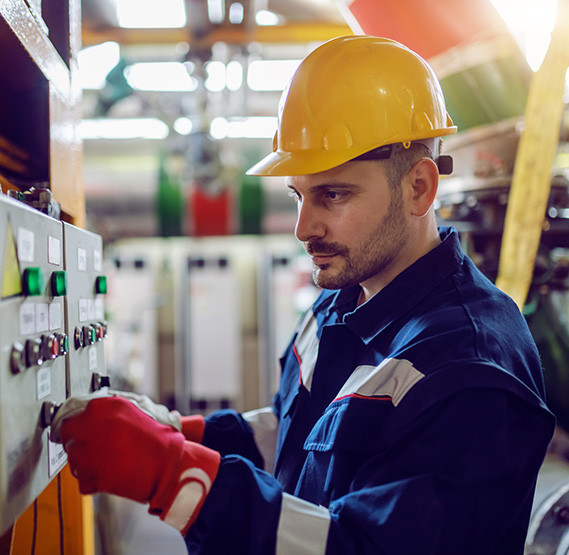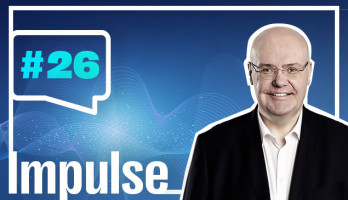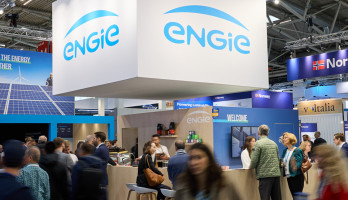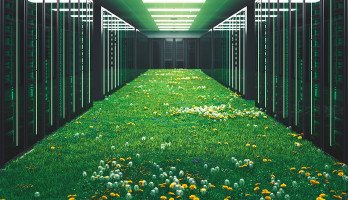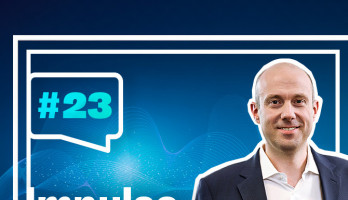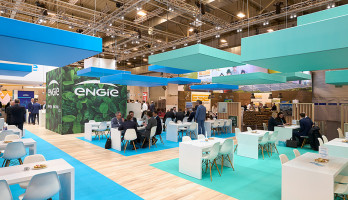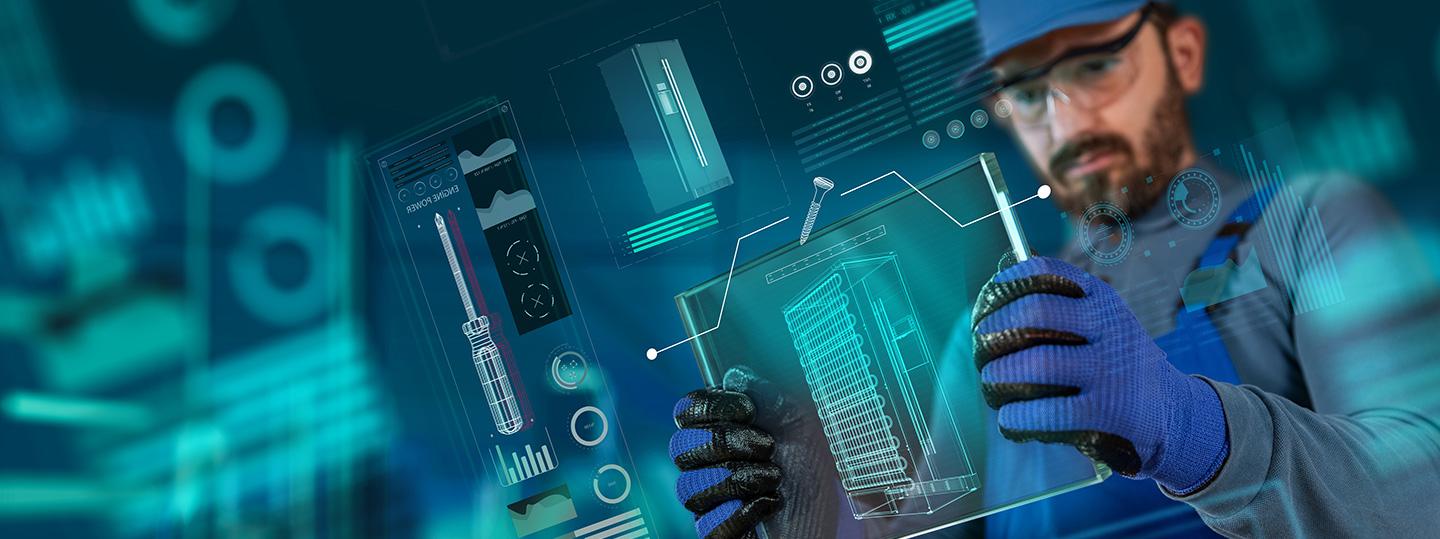
Emergency power supply for companies - energy for the worst case
And suddenly the lights go out - many companies are afraid of this scenario, which unfortunately can no longer be ruled out entirely. In fact, the threat of a blackout - a complete power failure in large parts of the country - has become more likely due to the current energy crisis. In this article, we explain how companies can prepare for an emergency and what makes a good emergency power supply.
Power Supply in Germany
Yes, it's true. Due to the current energy shortage, bottlenecks in the power supply are more likely in the coming months. For example, many daily newspapers are already warning of an impending blackout with threatening headlines. However, a nationwide, prolonged power blackout in Germany is rather unrealistic. On the other hand, it is much more likely that we will have to compensate for weather-related production bottlenecks of renewable energies over a certain period of time in the future. Companies are therefore well advised to safeguard their energy technology in order to bridge future deficits in the grid.
Our French colleagues at ENGIE would say: Without electricity? Rien ne va plus! Nowadays, in principle, every type of business is dependent on a constant power supply. Even short downtimes mean enormous losses in sales, especially for industry, which is an important pillar of the German economy. Of course, critical infrastructure plays a particularly important role in emergency power supply. This includes medical facilities, schools, fire departments, waterworks and other public institutions and organizations. In each case, emergency power technology provides the necessary security to be prepared for short-term power failures.
Emergency power supply: The current market situation
ENGIE Deutschland has been active in emergency power supply for more than ten years. In fact, we are seeing increasing interest in the topic: We are currently receiving many requests for technical consulting, primarily from public clients such as cities, municipalities, fire departments, utilities, but also continue to receive requests from industrial companies and data centers. The demand for emergency power is increasing. No wonder. However, the demand cannot be met satisfactorily at present due to the shortage of resources and components.
Waiting times for engines, for example, have almost doubled in recent months. This in turn means that it takes around eight months to complete new projects from consultation to delivery and commissioning. So if you want to make provisions as quickly as possible, you should contact an energy specialist sooner rather than later. For a quick start to an emergency power project, interested parties ideally bring a basic understanding of the subject with them by having already clarified some important questions concerning their company individually in advance.
The basics of backup power for businesses
An emergency power supply is not a permanent replacement for energy from the public grid. It is merely a temporary backup supply for emergencies. The technology steps in when the primary power supply fails and can compensate for this for a certain period of time, depending on the performance and number of gensets and fuel supplies used. As long as the emergency power technology is running, operations in the company can continue as normal.
Classic emergency power solutions, so-called emergency power systems, are operated with diesel, heating oil or gas. In principle, the operating time of the devices is tied to the fuel supply. One advantage of this is that the larger the tanks and the more of them are used, the longer the system can produce electricity and bridge correspondingly longer downtimes. Depending on the design, conventional solutions can last several days without refueling. It is a space issue, however, as backup power systems are quite large and take up areas on company premises. Another factor to consider is that the units have to start up first. So they cannot compensate for a power failure immediately and only after a short start-up time of the motors.
Basically, emergency power systems can be divided into three types:
- Container gensets: These mobile emergency power systems are designed like shipping containers and can be flexibly set up on the company premises. The container can be accessed via a door, giving service technicians convenient access to the internal machine parts.
- Hood units: These are space-saving, compact units intended for mobile use. In this type of unit, the machine elements are installed under a metal hood and can only be operated from the outside. This makes maintenance work more cumbersome, and technicians also have no weather protection as in a container. In addition, due to their design, hood units offer less noise protection than container solutions. They also meet certain standards for hospitals and meeting places only to a limited extent.
- Stationary units: Stationary units are permanently installed in one place. These mostly individually designed units are often installed in basements of buildings due to their loudness. A major advantage of this type is the flexibility in construction and capacities. The units are comparatively inexpensive because they do not require a protective enclosure like containers or hoods. However, stationary units require a lot of space and often occupy an entire room.
Uninterruptible power supply (UPS) systems are ideal for supplying critical loads without interruption. This is basically a powerful battery installed in the switchgear room of a building. As soon as a power failure occurs, the battery kicks in and supplies the critical loads with energy. Unlike conventional backup power systems, a UPS requires no start-up time and supplies power immediately - but only for a maximum of four hours, depending on the design. The UPS is therefore more suitable for bridging short outages until the backup power system has started up.
Set up an emergency power supply in the company
When it comes to emergency power technology, technical know-how is just as important as legal expertise. This applies above all to public facilities and workplaces. In Germany, these must fulfill numerous normative requirements with regard to the construction and operation of electrical systems. These include, for example, the DIN VDE 0100-718 and VDE 0100-710 series of standards, so it is always advisable to consult a specialist service provider for emergency power engineering. At the very least, the professional should carry out the planning in accordance with the standards and the professional installation on site. If desired, our technicians can also provide long-term operating and maintenance services.
Purchasing emergency power: Here's how companies should proceed
For smooth processing and a quick start of an emergency power project, companies should make a few preliminary considerations. This is usually done by the technical management of a company. The key questions: What is the minimum number of hours we want to bridge in an emergency? And: What performance capacities do we need for this? Companies can use internal consumption data to find the answers. Ideally, the technical department will draw up an up-to-date load profile. Of course, the service provider can also perform corresponding power analyses in order to design the gensets and UPS systems. Likewise, a look should be taken at the processes in the company: For example, how long do shifts last? Which processes are critical and require energy in any case? What can be shut down in case of doubt in order to save power?
With this information in advance, it is much faster for a service provider like us to create a reliable emergency power concept that meets your needs. In addition, there are very practical aspects that are best clarified right from the start, such as: Where are the feed-in points for electricity on the company premises? Are the connections compatible with common types of systems? Are there any free areas at all for the installation of the generators?
How emergency power experts help businesses
There is not THE one solution for emergency power supply. In fact, a good emergency power concept that is reliable in an emergency depends on many individual factors. As a professional service provider, we therefore obtain a concrete overview on site. As part of a consultation, we prepare a comprehensive analysis of requirements as well as opportunities and risks. For this purpose, our employees take a close look at the operating processes with regard to energy consumption. It often turns out that customers need more power than they originally thought in order to reliably supply critical processes in an emergency. Consumers with high starting currents in particular are often forgotten here, such as pumps. This is precisely why consulting an emergency power expert is so important. In addition, we can often find much more favorable solutions than the company had thought of. Read more about this now in our flyer "Secure Power Systems".
